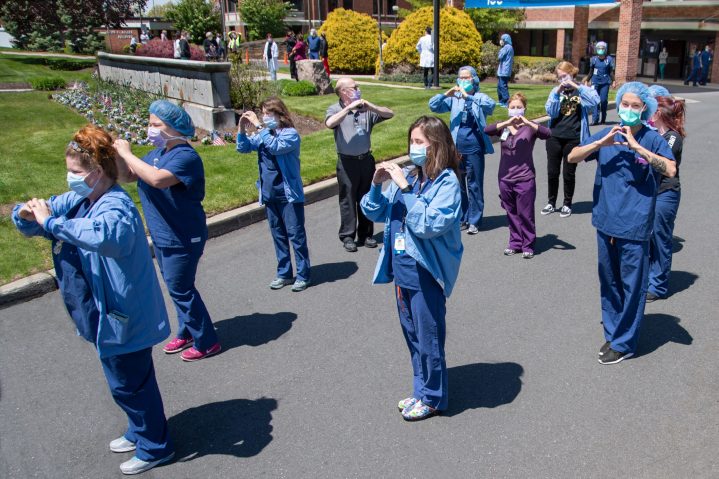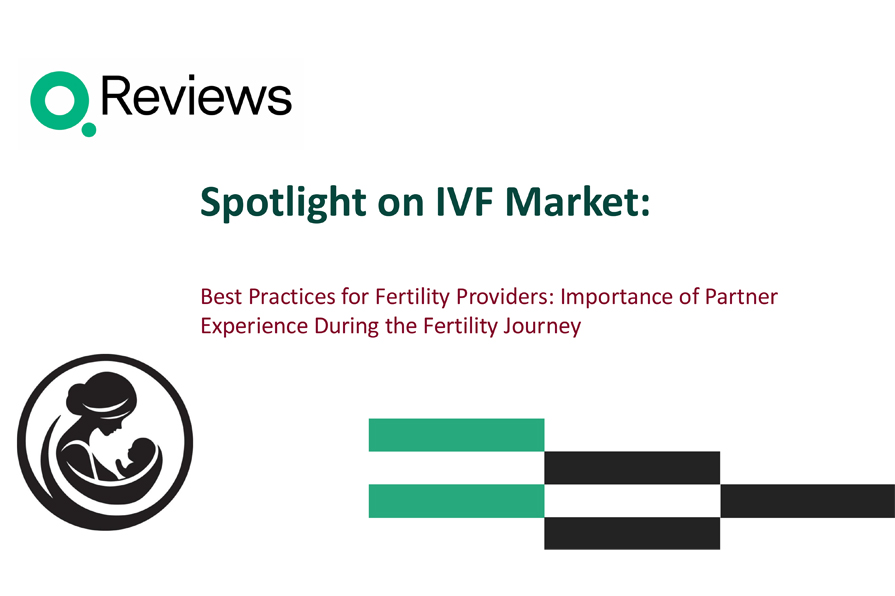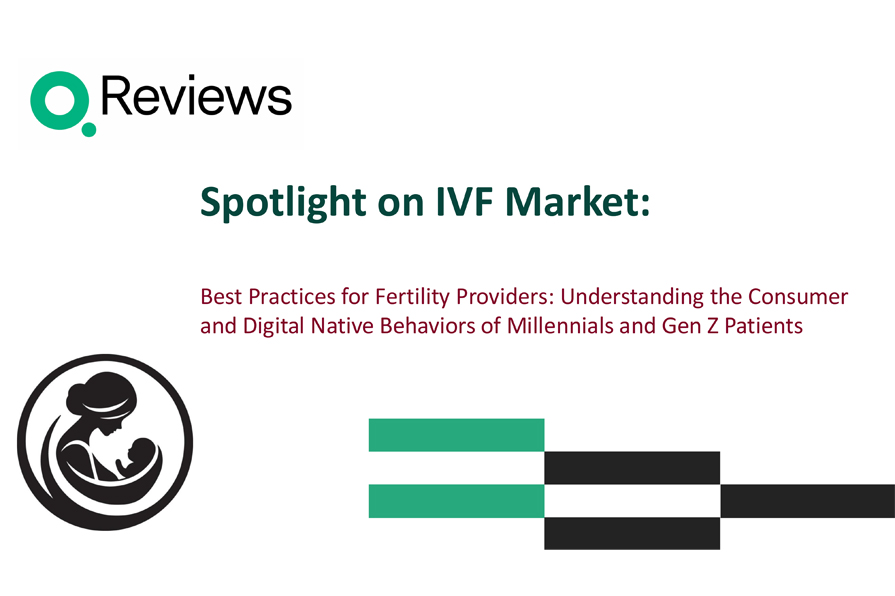
Leadership Excellence Across Patient Experience II

In this Q-LEAPx (Leadership Excellence Across Patient Experience) panel, CEO and Co-founder Edward Shin, MD sits down with experts on patient experience to discuss improving the healthcare employee experience.
Meet the Q-LEAPx panelists:
- Ruth Manna, Associate Director of Patient Experience Partnerships at Memorial Sloan Kettering Cancer Center, New York City, NY
- Rebecca Asmussen, Project Manager at Mount Sinai Health System, New York City, NY
- Michele Pirkle, Vice President of Patient Experience at Grady Health System, Atlanta, GA
- Naiomi Jamal, MD, Chief Quality Officer at Swope Health Services, Kansas City, MO
- Kate Newbold, PhD, Director of Digital Design and Customer Experience, Beacon Health System, South Bend, IN
- Naomi Meyer, Patient Experience Lead at New York Presbyterian Hospital, New York City, NY
Q-LEAPx Panel on the Practices That Work
Meyer says they “use the triple A: Acknowledge, Apologize, and Amend.” Instead of taking things personally, you must validate someone’s concerns, take responsibility, and offer a solution. Even checking on a patient who’s up against notoriously long waits can help the patient experience. Meyer also explains that giving staff timely feedback keeps them proactive and motivated.
Dr. Jamal adds that, especially in a pandemic, it’s important to also consider the needs of the staff. “When we say marginalized populations, people don’t realize is that it’s not only the patients, but it’s also your own staff. I think that any responsible health center kind of makes an effort to hire from the community.”
The Q-LEAPx panel emphasized that it’s important to hire diverse staff who are aware of the social determinants of health. You must also provide for their unique needs, since they are coming from populations most burdened by the pandemic. She says, “Recognize that, especially with regards to staff and going back to the patient experience, that they were also undergoing a lot of stress. When you’re stressed, the patients’ tempers are running short, and people are irritable. We really had to make an effort with our staff as well.”
The pandemic was also a learning experience for Pirkle’s staff at Grady. She explains, “I think that clinical staff realized the very vital role that loved ones and family members play in the care of patients.” She says that shutting down visitation, particularly in the ICU areas, they began to see almost a failure-to-thrive situation.
Remember Your Why
From that isolation, frontline staff had to step up in ways never seen, the Q-LEAPx panel said. Pirkle says, “You absolutely need hearts of what brought us to healthcare to begin with, and why it’s so important that we do what we do.” Reminding staff of their “why” in such a crucial time made a difference in patient communication. “I think if we are being kind, courteous, respectful, providing appropriate communication, it comes more naturally when we understand the reasons why we do it.”
Rewriting the patient experience during COVID has led to Beacon Health changing their mission statement in 2020. According to Newbold, “We actually rewrote our mission statement in early 2020 to account for that. So our mission is ‘We deliver outstanding care, inspire health, and connect with heart.”
Along with Beacon’s mission came a new set of guidelines.
- Find ways to connect with patients and associates, which includes using plain language.
- Setting expectations appropriately, and being honest and transparent.
- Be on their team.
Which Practices Don’t Work?
Understaffing doesn’t work, since it puts the onus on a few dedicated — and tired — frontline staff members. That is why combatting nurse burnout is crucial. Pirkle believes that many organizations offer generic stand-ins for support that aren’t meaningful.
According to Pirkle, “Administrators often make the mistake of trying to figure out what [support] is for our staff members. I think we have to just ask them, what is meaningful? We have to ask the frontline staff members what they need, and I have a feeling it’s not pizza.”
Meyer confirms, saying that listening is a more valuable approach for fighting burnout. That could mean holding space for them to share their concerns about a healthcare system that’s constantly in flux. After all, according to Meyer, “If you’re sort of denying the fact that more is being asked of everyone, I think that in and of itself can make someone feel that they’re not valued.”
Jamal explains that the types of individuals who are attracted to healthcare tend to put their needs aside to complete tasks. “We’re asking our staff members, clinicians––really everyone within the healthcare setup, to do more and more with this idea, knowing full well that these individuals are very service-minded.”
Learn More From the Q-LEAPx Panel
Even prior to the pandemic, burnout rates for nurses were extremely high, as well as suicide rates with female doctors. Simply put, pushing staff to the max doesn’t work, even when it seems like the clinical experience is thriving. What also doesn’t work, according to Jamal, is “attempting to put band-aids on already stressful situations.” A better solution is getting to the root, with hopes of altering the trajectory of our frontline workers.
To learn more about best practices and how to improve burnout from the Q-LEAPx panel, watch the full-length webinar, and one of many others here.








